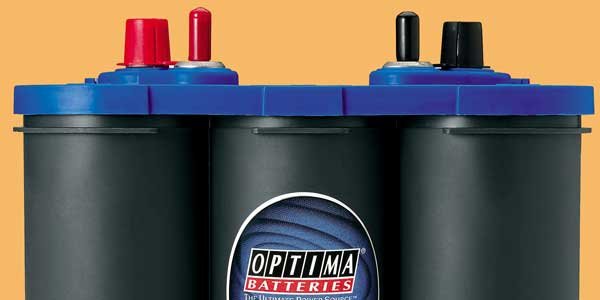
Keep On Charging
It's that little box that keeps the whole show running. Show it the respect it deserves with these simple tips.
Load Testing Your Batteries
On a boat, the easiest way to apply enough load to a battery for a meaningful test is to use the starter motor on the engine as the load. Disconnect the ignition coil, if yours is a gas engine, so the engine won't start up, connect your voltmeter to the battery, and have a friend crank the engine. If the voltage falls below 9.6 volts, you need a new battery.
It Won't Stop Your Heart, But ...
Direct current (DC) might be less likely to shock you than alternating current (AC), but there's a lot more to safety than not getting shocked. DC sparks around charging batteries can cause an explosion. Battery electrolyte is made from sulfuric acid, which can cause severe burns or blindness. DC systems are relatively safe, but still demand your respect and caution.
Don't Let Your Batteries Go Boom
Batteries do go boom from time to time. Explosions involve two things: hydrogen gas and a spark. Hydrogen is the lightest of the elements, so it will disperse quickly if released into a ventilated space. But an explosion could still happen if the electrolyte levels get so low that the plates are no longer covered or, if the vent is clogged, allowing hydrogen to build up. So, be sure your deep-cycle batteries are in a well-ventilated space, check the electrolyte levels regularly, charge it using a marine charger with a regulator, keep grease and other contaminants away from the vents, and watch out for bulges in the battery case, which indicate a buildup of hydrogen gas.